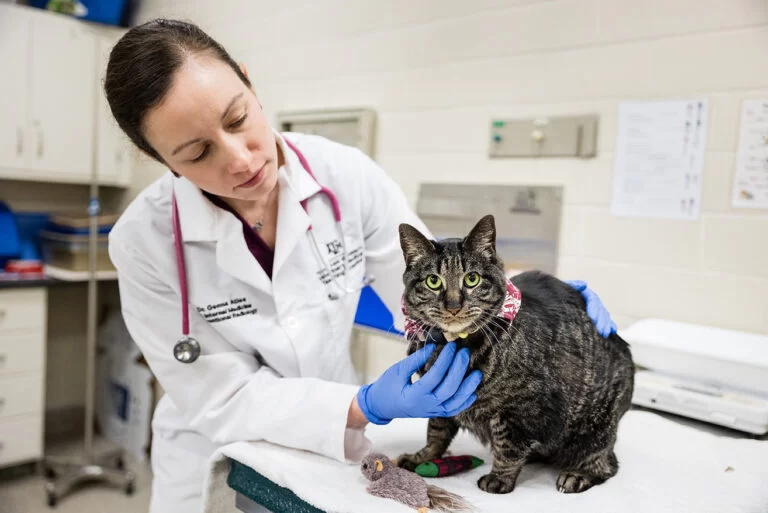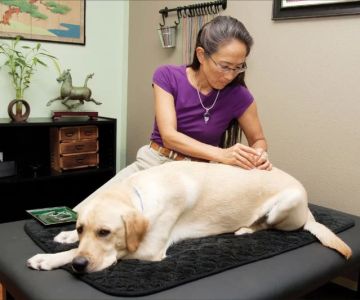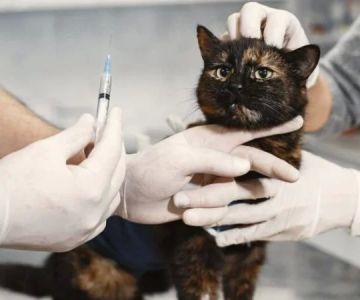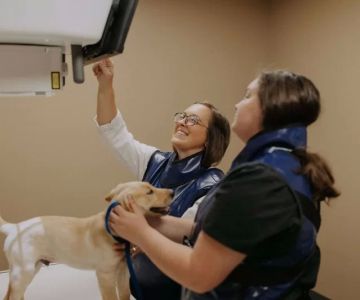- 1-Defining-CE-in-Veterinary-Medicine
- 2-Importance-of-Continuing-Education-for-Vets
- 3-Types-of-CE-Courses-and-Certifications
- 4-How-CE-Enhances-Veterinary-Practice
- 5-Real-World-Examples-of-Vets-Benefiting-from-CE
- 6-Finding-the-Best-CE-Resources
- 7-Taking-Action-to-Improve-Your-Veterinary-Career
1. Defining CE in Veterinary Medicine
CE stands for Continuing Education in veterinary medicine. It refers to the ongoing learning activities that veterinary professionals engage in to maintain, update, and expand their knowledge and skills throughout their careers. This education is crucial to stay current with evolving medical practices, technologies, and regulatory requirements.
1.1 Regulatory Requirements
Most veterinary boards require licensed vets to complete a specific number of CE hours annually or biennially to maintain their licenses.
2. Importance of Continuing Education for Vets
Continuing education ensures veterinarians provide the highest standard of care. It fosters professional growth, enhances diagnostic and treatment abilities, and promotes evidence-based practice.
2.1 Enhancing Patient Outcomes
Through CE, vets learn new techniques that directly improve animal health and recovery rates.
2.2 Keeping Up with Industry Changes
Veterinary medicine evolves rapidly; CE helps vets stay ahead of breakthroughs in medicine, surgery, and preventive care.
3. Types of CE Courses and Certifications
CE can come in many formats, including online courses, workshops, seminars, and conferences.
3.1 Specialized Certifications
Vets may pursue certifications in fields like dentistry, anesthesia, or exotic animal care to broaden expertise.
3.2 Practical Skill Development
Hands-on workshops allow vets to practice surgical techniques or diagnostic procedures under expert guidance.
4. How CE Enhances Veterinary Practice
By incorporating new knowledge from CE, veterinary practices can offer advanced services, improve client trust, and ensure compliance with the latest standards.
5. Real-World Examples of Vets Benefiting from CE
Dr. Emily, a small animal vet, completed a CE course on minimally invasive surgery. This training enabled her to introduce laparoscopic procedures in her clinic, significantly reducing recovery time for patients and increasing client satisfaction.
6. Finding the Best CE Resources
Many reputable platforms offer veterinary CE, including professional organizations and universities. Choosing accredited and relevant courses maximizes benefits.
7. Taking Action to Improve Your Veterinary Career
If you’re a veterinary professional seeking growth, prioritize continuing education. Explore accredited CE programs today to expand your skills and elevate the care you provide. Visit trusted sources to find courses tailored to your specialty and schedule.












